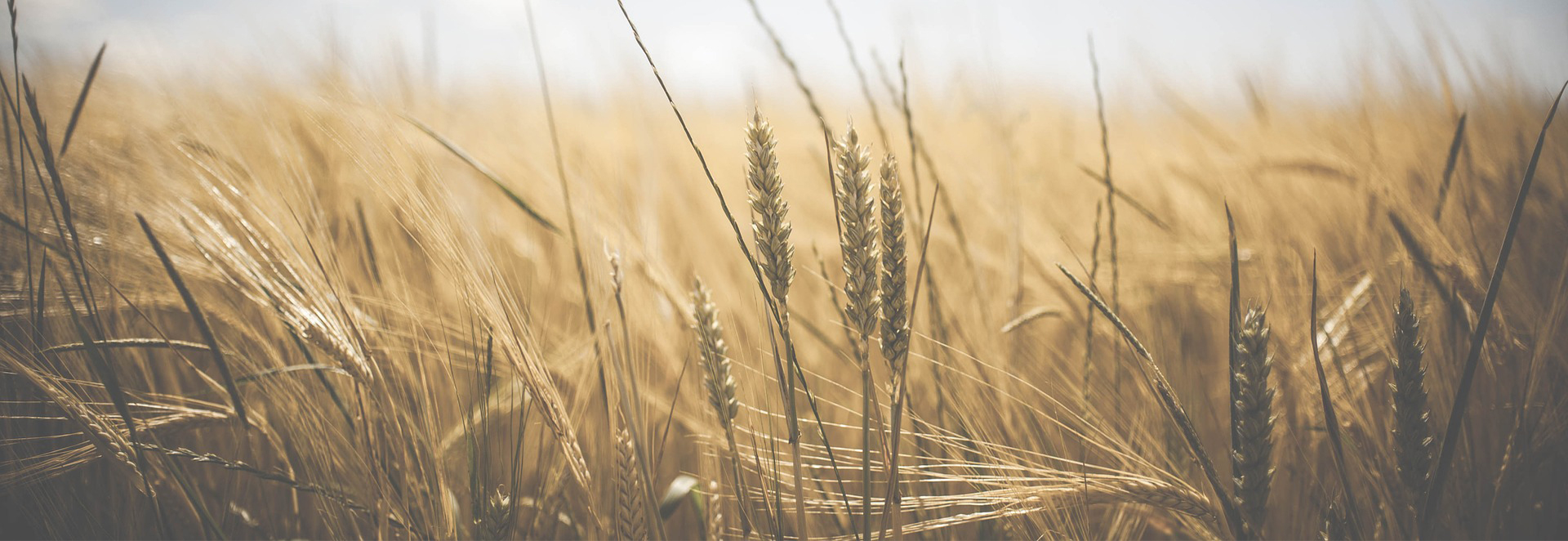
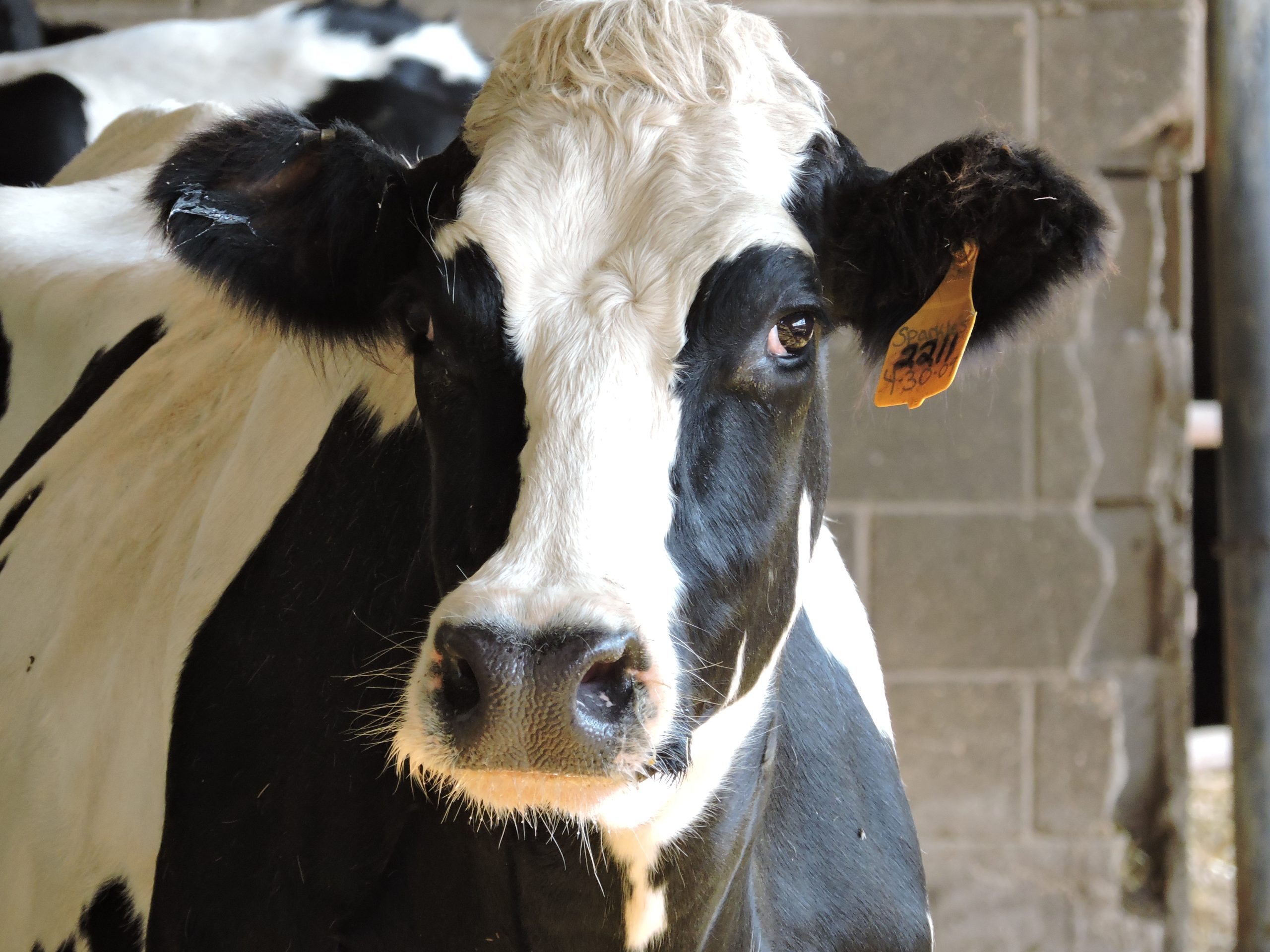
By Dr. Dan Schauff, Ph.D., P.A.S. Practical and research observations have long shown a healthy calf is more likely to become a healthy, productive dairy cow. Most also recognize that a successful colostrum feeding/management program is essential and foundational to support a calf’s health, future growth, and milk production. There is growing evidence, however, that […]
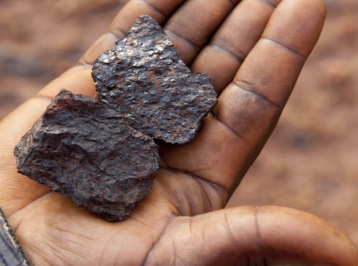
By Dr. Gene P. Gengelbach, Ph.D., P.A.S. Iron (Fe) is the most abundant element (by weight) on Earth, since it makes up most of the Earth’s core, and is the fourth most common element in the Earth’s crust. However, Fe is considered as a trace- or micro-element in nutrition, since it only makes up approximately […]
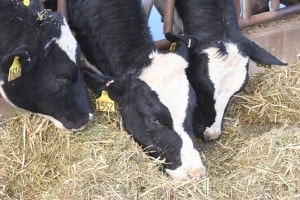
By Dr. K. E. Lanka, Ph.D., P.A.S. What is Iodine, and Why is it Important to Cattle? Iodine (I) is one of seven generally recognized micro minerals needed in the diets of dairy cattle and other animals. It is unique among minerals because a deficiency leads to a specific and easily recognizable thyroid gland enlargement, […]
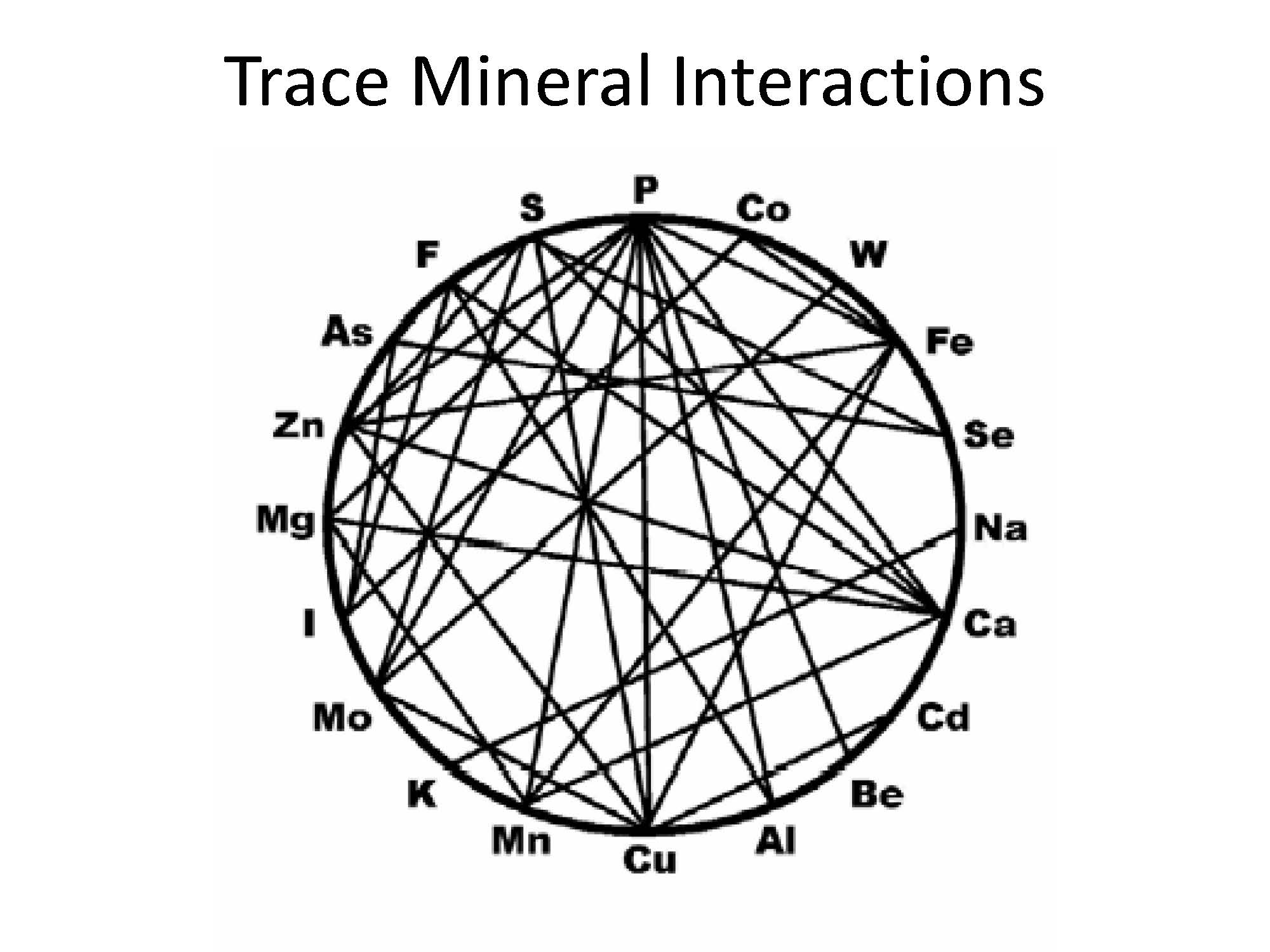
By David Donaldson, B.Agr, N.Sch, P.A.S. Molybdenum is required in small amounts in the diets of farm animals. No discussion on the requirements of Molybdenum (Mo) can be considered without also considering the Copper requirements of the animal. Early interest in Molybdenum (Mo) was less concerned with the daily requirement for Mo than the effects […]
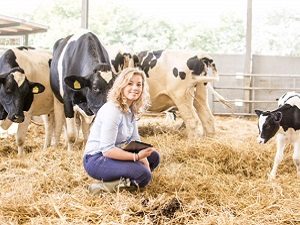
By Dr. Aimee Hafla, Ph.D., P.A.S. Selenium is a necessary mineral for both humans and animals and naturally occurs in varying concentrations within the soil in all parts of the world. Available selenium in the soil is taken up by many plants, including some cereal grains and forages used for livestock feed. Selenium is an […]
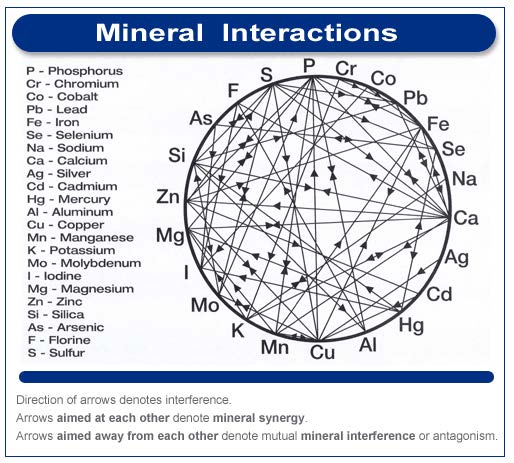
By Dr. James C. Coomer, Ph.D., P.A.S. What is Manganese? Manganese (Mn) is an important trace mineral which animals require in very small quantities). It is involved in many aspects of both plant and animal life, primarily as an enzyme activator. Reduced growth or abnormal growth and development (such as perosis in chickens) is one […]